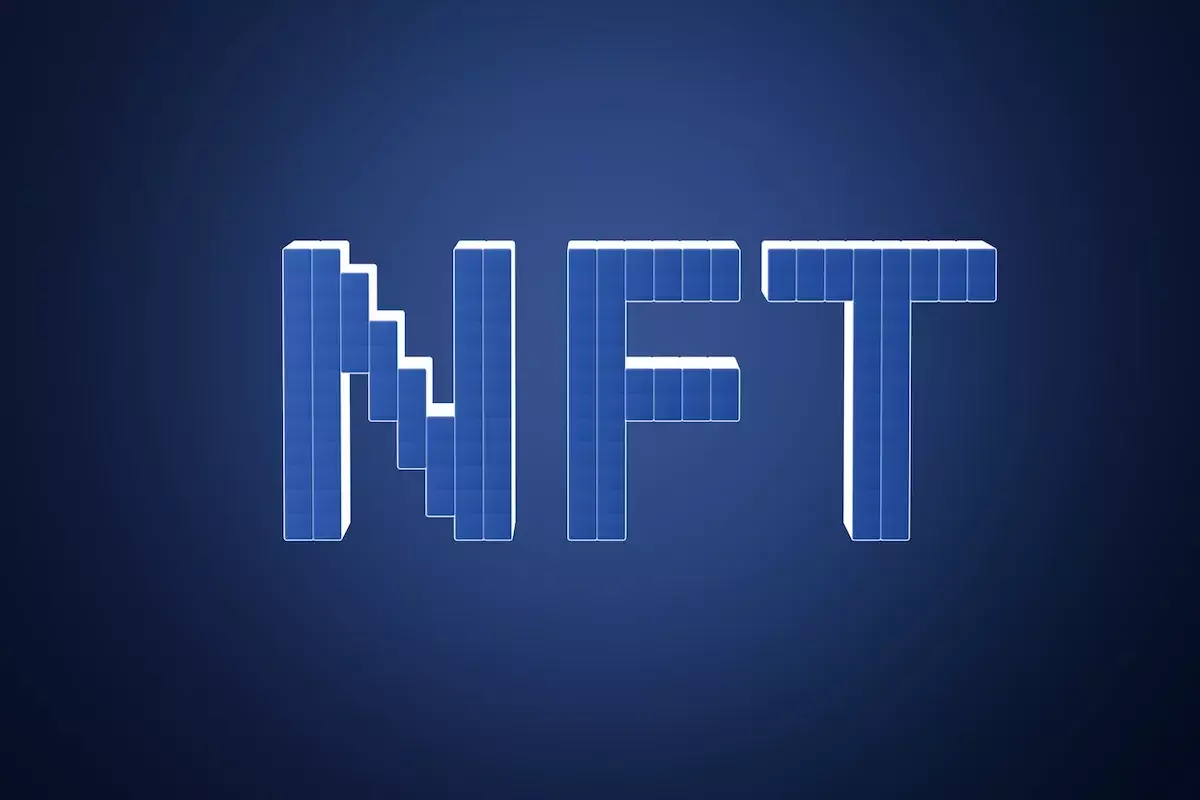In the fast-paced world of non-fungible tokens (NFTs), certain terms and phrases capture the imagination of collectors and investors alike. One such term is “NFT whale.” If you’ve ever found yourself bewildered by the compelling chatter surrounding these influential figures in the NFT ecosystem, you’re not alone. Let’s delve into what constitutes an NFT whale, their significant market influence, and how one can effectively monitor their activities within this decentralized realm.
An NFT whale refers to individuals or institutions that possess a substantial inventory of highly valuable NFTs or hold significant amounts of specific collections. This sheer volume renders them critical players in the marketplace, where their buying or selling behavior can create vast ripples felt across various NFT sectors. The notion of an NFT whale isn’t merely about the quantity of assets; it also encompasses the strategic decisions these entities make. For instance, one substantial purchase—often termed “sweeping the floor”—can elevate the floor price of an entire collection. Conversely, a sudden liquidation of assets can cause shockwaves, sending prices plummeting and instigating a rush of panic selling.
The impact of NFT whales transcends mere price dynamics. They have the power to mold community confidence and market sentiment. When a recognized whale backs a project, it lends credibility, igniting excitement among collectors and potentially motivating new buyers to enter the market. The psychological aspects of these transactions are critical; whales can create FOMO (fear of missing out) just as easily as they can instigate fear, shaping the perceptions held by thousands of smaller traders.
One of the most compelling features of NFTs lies in the transparency of the blockchain. Each transaction from minting to resale is permanently recorded, allowing for an unprecedented level of insight into market movements. However, this transparency serves both collectors and regulators, alongside predators who misuse this data to their advantage. While wallet addresses are public, the true identities of the holders often remain anonymous. This pseudonymity has both benefits and drawbacks; it protects privacy yet enables potential manipulation.
Verification remains a crucial consideration. It’s indispensable to cross-reference contract addresses with trusted sources to evade scams. For individuals eager to track whale activity, specialized platforms like Etherscan or Nansen simplify this task. Using these resources empowers anyone to analyze which wallets are holding substantial assets, thus helping to refine their strategies based on observed patterns.
If you are keen on monitoring NFT whales, various tools can amplify your understanding of market behaviors. Platforms like Dune Analytics are excellent for community-driven data analysis, providing custom dashboards that can be incredibly insightful for lesser-known projects. Twitter, Discord, and Telegram serve as social hubs, where real-time information about whale activity proliferates. Whale alert bots announce significant transactions, serving as a valuable lifeline for anyone tracking these influential players.
To effectively track a whale’s movements, begin by identifying the collection’s contract address you’re interested in. Utilizing a block explorer like Etherscan, you can easily obtain information on wallet holders and their quantities. Sorting through this data allows you to identify the most prominent holders, creating a “whale watch” list that can inform your decisions. Observing repetitive activities, such as bulk purchases, can provide hints about sentiment trends and potential price movement.
While following whale transactions can be informative, there are significant pitfalls to avoid. The risk of manipulation is ever-present in the NFT market. Practices like wash trading—where individuals sell NFTs between their wallets at inflated prices—can create an illusion of demand. Moreover, hype-driven pump-and-dump schemes can derail investment strategies if one depends solely on whale activities. Therefore, verifying transactional authenticity through multiple channels is paramount.
It’s crucial to recognize that the market still operates on unpredictable trends. The behavior of whales should be one among various factors within your investment strategy. While a whale’s purchase might suggest confidence in a project, it doesn’t guarantee success for your individual investments; personal risk assessments and extensive research remain vital.
Tracking NFT whale behavior offers valuable insights into market psychology and emerging trends. However, always approach findings with a skeptical mindset, aware that even the most notorious whales can misjudge the market conditions. As the NFT space continues to evolve and new factors emerge, cultivating a practice of blending on-chain data with comprehensive research on projects and market dynamics will build a stronger foundation for your NFT journey.
Embracing the dualities of the NFT landscape—excitement and caution, opportunity and risk—will enable you to navigate this digital milieu with greater acumen. Stay curious, continue learning, and arm yourself with the knowledge and tools that will support your endeavors in this vibrant, ever-changing marketplace.

